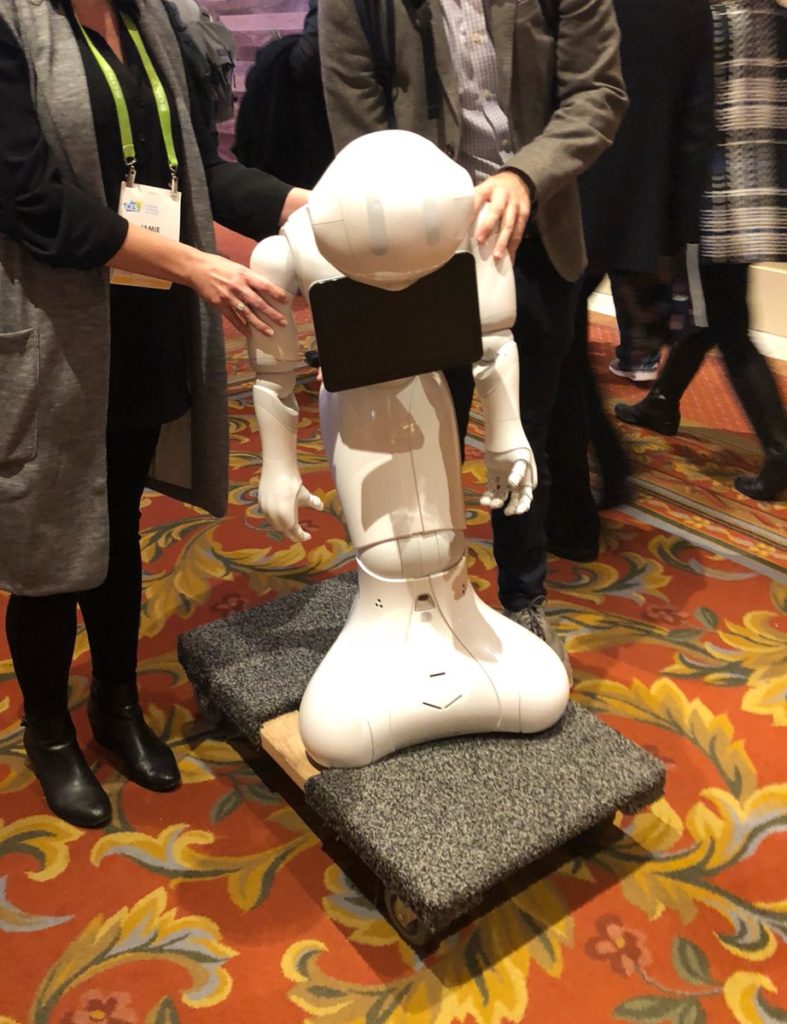 BlackCat/ALPHV blames the FBI for another ‘shutdown’ and exits, stage left. BlackCat put up a copy of the shutdown screen (left) that appeared on their old leak website back in December [TTA 22 Dec 23] on their new leak website, claiming that law enforcement shut them down. This was not confirmed by the FBI either way, but Europol and the NCA confirmed to Bleeping Computer that they had no recent activity involving BlackCat. The other tell was that the source code on both screens was different–it was served up on another server.
BlackCat/ALPHV blames the FBI for another ‘shutdown’ and exits, stage left. BlackCat put up a copy of the shutdown screen (left) that appeared on their old leak website back in December [TTA 22 Dec 23] on their new leak website, claiming that law enforcement shut them down. This was not confirmed by the FBI either way, but Europol and the NCA confirmed to Bleeping Computer that they had no recent activity involving BlackCat. The other tell was that the source code on both screens was different–it was served up on another server.
On a Russian hacker forum called Ramp, BlackCat/ALPHV claimed that they “decided to completely close the project” and “we can officially declare that the feds screwed us over. The source code will be sold, the deal is already being negotiated”. The source code is reportedly up for sale for $5 million.
As to the $22 million, BlackCat/ALPHV never admitted it was paid by Optum/Change (nor is Optum confirming), but the affiliate called “notchy” which didn’t get paid [TTA 5 Mar] shared (to Bleeping Computer) that “a cryptocurrency payment address that recorded only one incoming transfer of 350 bitcoins (about $23 million) from a wallet that appears to have been used specifically for this transaction on March 2nd.” That wallet distributed (seven) equal payments of $3.3 million in bitcoin to other wallets.
(Update) Speaking of “notchy”, let’s not forget that this affiliate claims to have 4 TB of PHI/PII data from Change that could be sold or leaked. Since they never got paid by BlackCat/ALPHV, it’s safe to assume that information will be up, so to speak, for grabs.
When it all adds up–the fake FBI ‘raid’, shutting down servers, the signoff on Tox of “GG’ (good game?), the cutting off of affiliates (which also confirmed this to DataBreaches.net–and may or may not have been paid)–it resembles an exit scam.
(Update) Another excellent summary about ALPHV in Krebs On Security also updates LockBit, which was seized in an international takedown in February, and about governmental entities they ransomwared. To be continued….
The lobbying of HHS by Congress, the American Hospital Association, and UHG to help out providers has produced some results. On 5 March, Health and Human Services (HHS) issued a statement that summarized various ‘flexibilities’ and workarounds to aid providers who cannot access systems or have to resort to alternatives to ensure continuity of services to patients. These will be administered through the Center for Medicare & Medicaid Services (CMS) and range from prior authorization, advance funding, and claims processing for Medicare. From the statement:
- Medicare providers needing to change clearinghouses that they use for claims processing during these outages should contact their Medicare Administrative Contractor (MAC) to request a new electronic data interchange (EDI) enrollment for the switch.
- CMS will issue guidance to Medicare Advantage (MA) organizations and Part D sponsors encouraging them to remove or relax prior authorization, other utilization management, and timely filing requirements during these system outages.
- CMS is also encouraging MA plans to offer advance funding to providers most affected by this cyberattack.
- CMS strongly encourages Medicaid and CHIP managed care plans to adopt the same strategies
- If Medicare providers are having trouble filing claims or other necessary notices or other submissions, they should contact their MAC for details on exceptions, waivers, or extensions, or contact CMS regarding quality reporting programs. CMS has contacted all of the MACs to make sure they are prepared to accept paper claims from providers who need to file them.
Many payers are also making funds available while systems are offline. Hospitals may also face “significant cash flow problems from the unusual circumstances impacting hospitals’ operations, and – during outages arising from this event – facilities may submit accelerated payment requests to their respective servicing MACs for individual consideration.”
The statement closes with a reminder of HHS’ December concept paper on cybersecurity strategy for healthcare. DataBreaches.net (full statement), Becker’s
(Update) More on how this is affecting patient care focusing on cancer treatment, from the point of view of a Community Oncology Alliance spokesman. In addition, how consolidation is making healthcare more vulnerable to cybercriminals, and comments on UHG and Federal processes and payment offers to date. HealthcareITNews.
And DDoS attacks and questionable downtimes are now common.
Editor’s Update 11 Mar: The DataBreaches.net website had a major DDoS attack on 7 March and was down for two days thru 8 March. It is now fully up and running with our links working.
Multiple US Government websites went down Thursday evening 7 March based on news reports: Department of Homeland Security (DHS), Customs and Border Protection (CBP), Immigration & Customs Enforcement (ICE), Citizenship and Immigration Services (USCIS), US Secret Service and Federal Emergency Management Agency (FEMA). The timing based on the State of the Union address to Congress is, well, interesting. Daily Express Later reports announced restoration later in evening. Cyberincidents are not exactly unknown on government websites.













Most Recent Comments